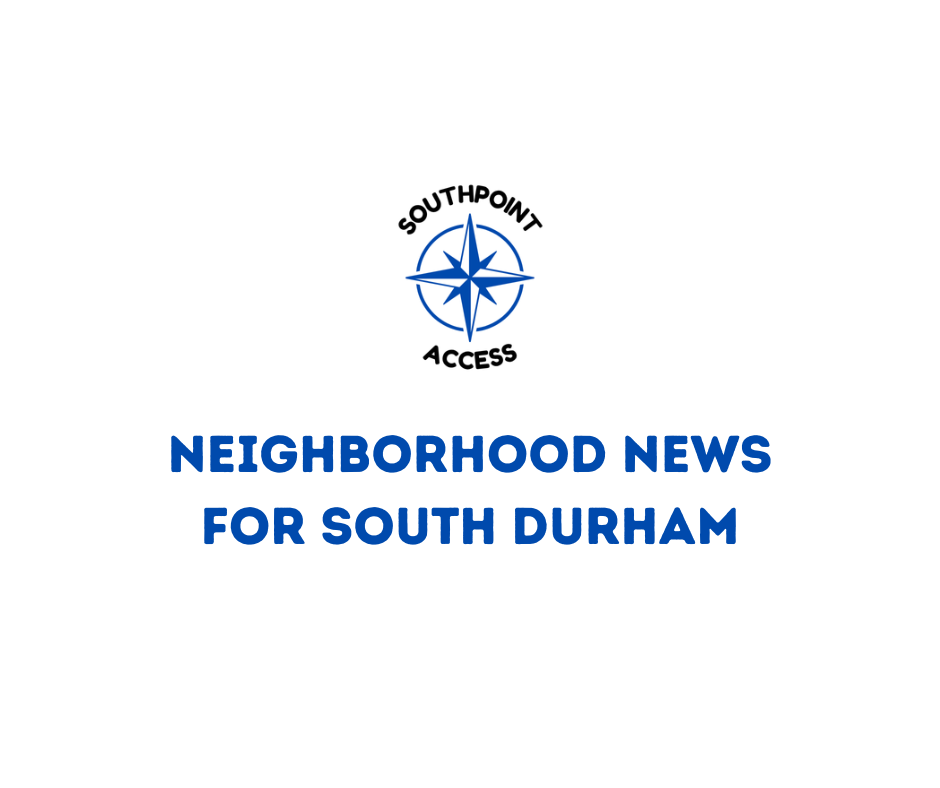Neighborhood Meetings Ahead for Two Durham Properties

About 76 acres near the intersection of Angier Avenue and Cortez Drive could become a mixed-use community with townhomes, apartments, and commercial space. Another property on Wildlife Trail could become a 20-lot conservation subdivision.
Neighborhood meetings about both possible projects are set for June 26.

The Angier Avenue property, referred to as “Creekside Neighborhood,” is currently zoned residential suburban, and Nil Ghosh of Morningstar Law Group indicated in a letter to neighboring property owners that the developer wants to rezone to planned development residential to allow for the mixed use. In 2019, a rezoning request to allow up to 250 single-family and townhouse units was denied. Three years later, another request – currently listed as “Under Review” – was submitted for rezoning for a residential subdivision to allow a maximum of 285 townhomes.
The Creekside Neighborhood property is owned by a company called Angier Investment LLC. The North Carolina Secretary of State’s office lists Stephan George as Angier Investment’s managing officer. He’s also the senior vice president of real estate development for Amberly Investment, a Cary-based firm whose other projects include Amberly Academy and the Leesville subdivision. The neighborhood meeting is planned from 6 to 7 p.m. via Zoom.

The Wildlife Trail project would subdivide the property into single-family lots with septic tanks and wells, served by a main access drive. The property owner is listed as Scion Realty Holdings 5 LLC in Teton Village, Wyoming. Lee Price, project manager for Ballentine Associates, represents the developer. The neighborhood meeting is scheduled from 7 to 8 p.m. via Microsoft Teams.
What’s a Conservation Subdivision?
Conservation subdivisions are a type of residential development designed to preserve significant portions of a tract as open space. They aim to balance development with the preservation of natural, scenic, historic, and agricultural resources. Here are some key characteristics:
- Open Space Preservation: Some potentially buildable land is preserved as undivided open space, often including wetlands, steep slopes, and floodplains.
- Environmental Protection: These subdivisions are expected to protect farmland, natural resources, and scenic areas, promoting environmental quality and enhancing biodiversity.
- Flexible Design: The design standards allow for flexibility to create developments that harmonize with the natural landscape, offering aesthetic and ecological benefits.
- Community Benefits: By concentrating development in specific areas, these subdivisions can reduce infrastructure costs and create more cohesive communities while providing recreational opportunities and maintaining scenic views.
Southpoint Access is a free community news website run as a service to our neighbors in South Durham. Please consider supporting us as a subscriber on Patreon or donate to underwrite the cost of covering the news that matters to you in neighborhoods like Woodcroft, Parkwood, Fairfield, and Hope Valley Farms.


![[WordroW] Worrisome Weather](/content/images/size/w600/2025/12/wordrow1.png)

![[SoDu Alert] Durham Public Schools Closed Dec. 5 Due to Weather](/content/images/size/w600/2025/12/icyweather124.png)